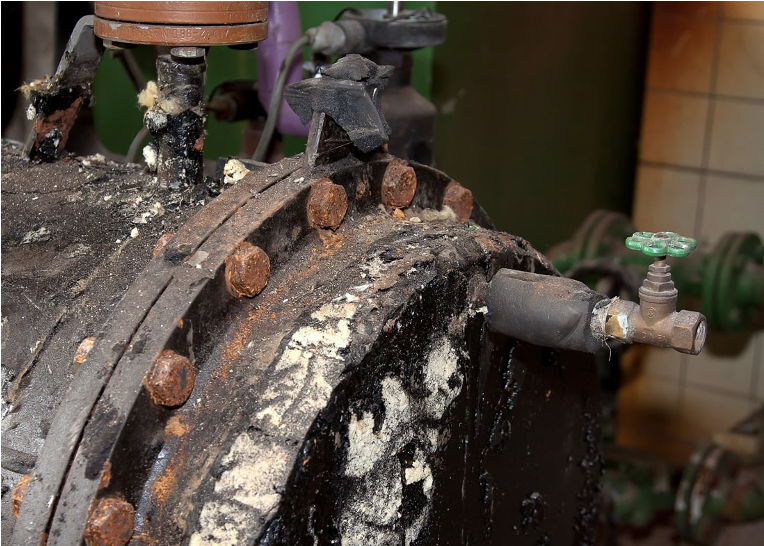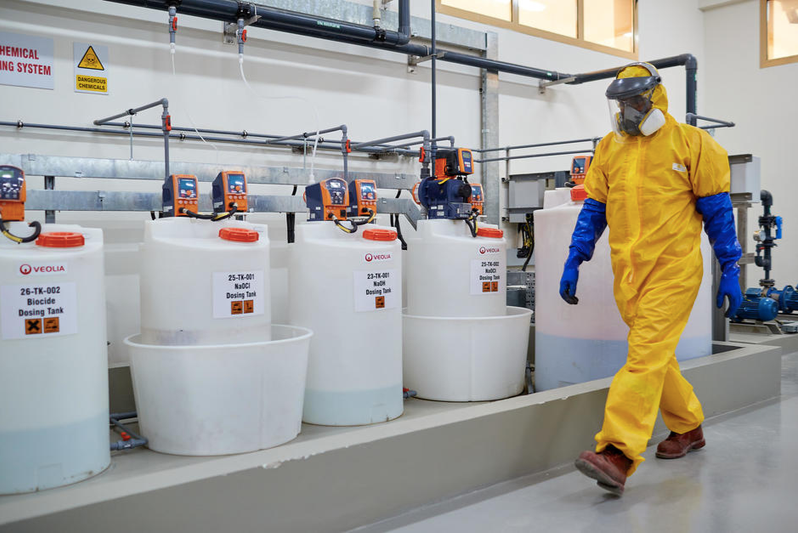
Harnessing Microbial Cultures to Combat FOG in Wastewater
If someone ever tells you that Water and Wastewater treatment is a simple straightforward process, they are lying through their teeth. The number of curveballs thrown at you in various shapes and forms such as contaminants, recalcitrants, CAPEX/OPEX, downtimes, norms & regulations, etc. aren’t for the faint hearted.
One such pertinent curveball that threatens to hinder the entire efficiency of the water treatment plants and pose serious threats to its long term operation, is the presence of Free Oil & Grease (FOG). In this blog, we delve into the specifics of what FOG is, the significant challenges it poses, and how it can be tackled in an eco-friendly manner.
Presence of Free Oil and Grease (FOG) in Wastewater
Free oil and grease, commonly referred to as FOG, are pervasive pollutants in wastewater streams. They originate from diverse sources such as residential kitchens, restaurants, and food processing industries. Despite efforts to intercept FOG before it enters municipal sewers, a substantial amount still makes its way into treatment facilities, complicating the entire treatment process.
Sources of FOG in Water:
There are various sources that contribute to the presence of Free Oil & Grease in an industrial as well as a residential set up. Few of the most prominent sources are as follows:
- Manufacturing process in various F&B industries
- Cooking oils and fats from residential kitchens
- Grease from restaurants and fast-food establishments
- Animal fats and oils from food processing industries
- Food scraps and residues discharged into sinks and drains
These substances, although liquid when hot, solidify and accumulate in pipes and treatment systems as they cool, causing blockages and reducing the efficiency of mechanical and biological treatment processes.
Hindrances Caused by FOG in Wastewater Treatment
FOG creates several challenges in the wastewater treatment process, in terms of the overall efficiency of the process as well as serious threats to the life of equipment. Some of the major hindrances are:
- Coats and clogs pipes and equipment
- Reduces efficiency of mechanical and biological treatment processes
- Forms scum layers on water surfaces and tank walls
- Impedes flow in sewer systems and treatment plants
- Decreases oxygen transfer efficiency in aeration tanks
These hindrances essentially promote the growth of bacteria in the pipelines and equipment, and increase the OPEX of the entire system significantly.
Adoption of Microbial Cultures for an Eco-Friendly Solutions
Recognizing the limitations of conventional methods, the adoption of bacterial cultures has emerged as a promising solution. Unlike chemical treatments that pose environmental risks, microbial cultures leverage naturally occurring bacteria to degrade organic pollutants in a non-toxic, eco-friendly manner. This approach aligns with sustainability goals by promoting biological processes that are both effective and environmentally responsible.
Functionality of Bacteria Culture in FOG Degradation
Microbial cultures applied in wastewater treatment systems are carefully selected to target and degrade FOG components. These cultures typically consist of specialized strains of bacteria capable of breaking down complex organic molecules into simpler, environmentally benign substances.
Through biological processes like aerobic digestion, these bacteria metabolize FOG, reducing its concentration and minimizing its adverse effects on treatment infrastructure. The fact these microbes aid in the degradation of FOG without the need of any additional chemicals, only adds to the sustainable and eco-friendly solution narrative, which is so important in today’s scenario.
Embracing Microbial Cultures for Optimal Performance
In conclusion, the management of FOG in wastewater treatment is a critical aspect of environmental stewardship and operational efficiency. The integration of microbial cultures represents a progressive shift towards sustainable practices in wastewater management. By harnessing the natural capabilities of bacteria to degrade FOG, treatment plants can enhance performance, reduce maintenance costs, and mitigate environmental impacts.
To achieve peak performance in wastewater treatment, it is imperative to advocate for the widespread adoption of microbial cultures. These innovative solutions not only address the challenges posed by FOG effectively but also contribute to a cleaner and healthier environment.
Get in touch with us at info@purewaterent.net, to know more about the beneficial microbes which have been combatting the FOG issues in water treatment plants, and how our eco-friendly offerings can help your plant achieve peak performance!







About The Author: Pure Water
More posts by Pure Water